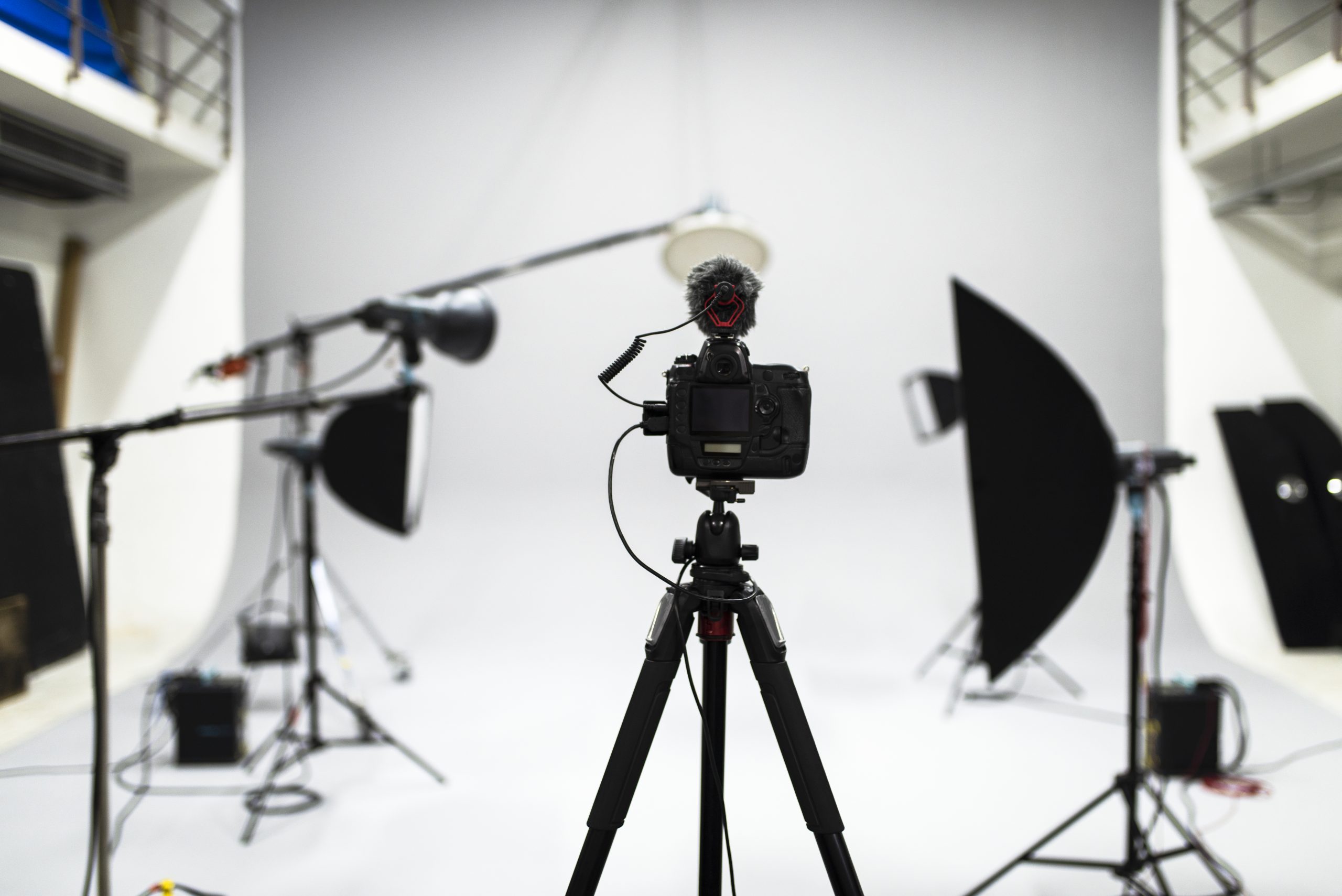Countless times I have been bombarded with bullet points from a PowerPoint presentation during my work. Slides with full sentences, presented by the meticulous researcher who transmits the story in full to the recipients. I too was guilty of this. I didn’t think about what the recipient needed to know. It was about being capable of telling my story. Showing that I had figured it out and understood it, worthy of science.
However, it seems that science is now aware that it does not reach the general public. In recent years, the discipline of science communication has been on the rise at universities. Professor of science communication Ionica Smeets is trying to break this pattern. As one of the two ‘wiskunde-meisjes’, she has gained experience with this. In their column in Dutch newspaper ‘De Volkskrant’ they answered reader questions. Another scientist known for making scientific knowledge more accessible and using images is the late Swedish professor Hans Rosling. In the video below (Gapminder Foundation), he tries to connect with his target group. He presents the data from his research in an accessible way.
According to philosopher Vilém Flusser, this science mainly produces “hermetic specialist scientific texts […] that can only be understood by a small elite.” (Flusser, 2000: 18). The audit world faces the same issue. We continue to produce texts for a small group of specialists. These specialists have the same training.
Designers, on the other hand, are concerned with how the message reaches the target group, how can you ‘make them care’. According to Anke Coumans, who wrote her dissertation on the dialogue that adds meaning to the public image, the designer’s task is to create messages that fulfill their communicative function in the public domain (2010: 16). Designers depict the word in three imaginative activities, namely the visual side of the text (typography), translating the text into images (information design) and combining text and images (conceptual design) (2010: 17).
With this in mind, my colleague Diny van Est and I ‘designed’ a presentation. The target group consisted of approximately 25 sister audit offices in an international partnership. At the end of a meeting that lasted two days, it was our presentation’s turn. The message was: data has the potential to improve collaboration and detect risks.
In our presentation we combined text and images to convey our message. But the choice for this metaphor (Watergate versus Panama), which is also an imaginative activity, was motivated by administrative sensitivity. The traditional audit offices do good work (á la Woodward and Bernstein) but the world has changed. Expand your research skills with data research and ask for help from colleagues where necessary (á la Obermayer and Obermaier). Using a metaphor helps to convey your message. Moreover, this was a recognizable and ‘cool’ metaphor. Ultimately, our ‘design’ turned out to hit the right note: registrations for our workshop in March flooded in.
Thinking about communicating effectively about your research seems to be neglected in science. By ’tweaking,’ or better tailoring communication about your message to your target group, you can reach more people. This can be achieved without compromising scientific values.
References
Anna Catherina Maria Coumans, Als een beeld ‘ik’ zegt,…: het dialogische betekenisvormingsproces van het publieke beeld (Universiteit Leiden, 2010)
Vilém Flusser, Towards a Philosophy of Photography (Reaktion Books, 2000)
Gapminder Foundation, Where Are the Syrian Refugees? – Factpod #17 (Youtube, 2015)
Ionica Smeets, Wat is de kans dat u geboren bent? (2013, 2016) www.wiskundemeisjes.nl


